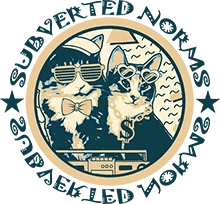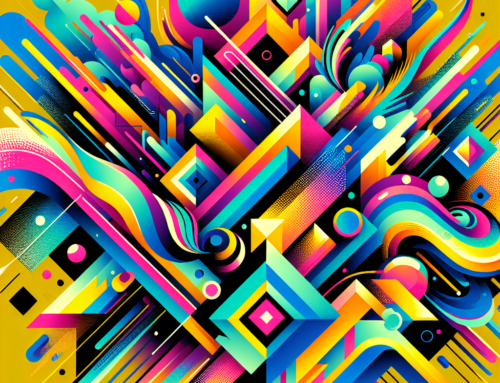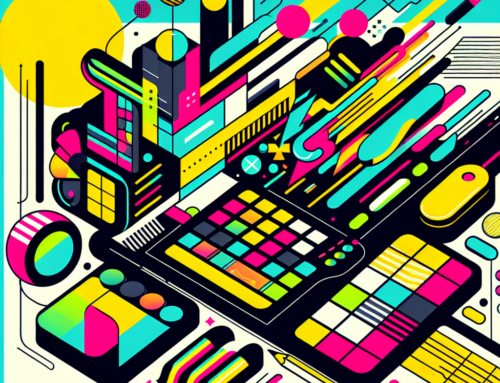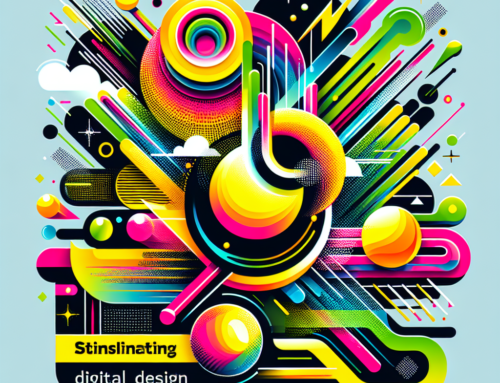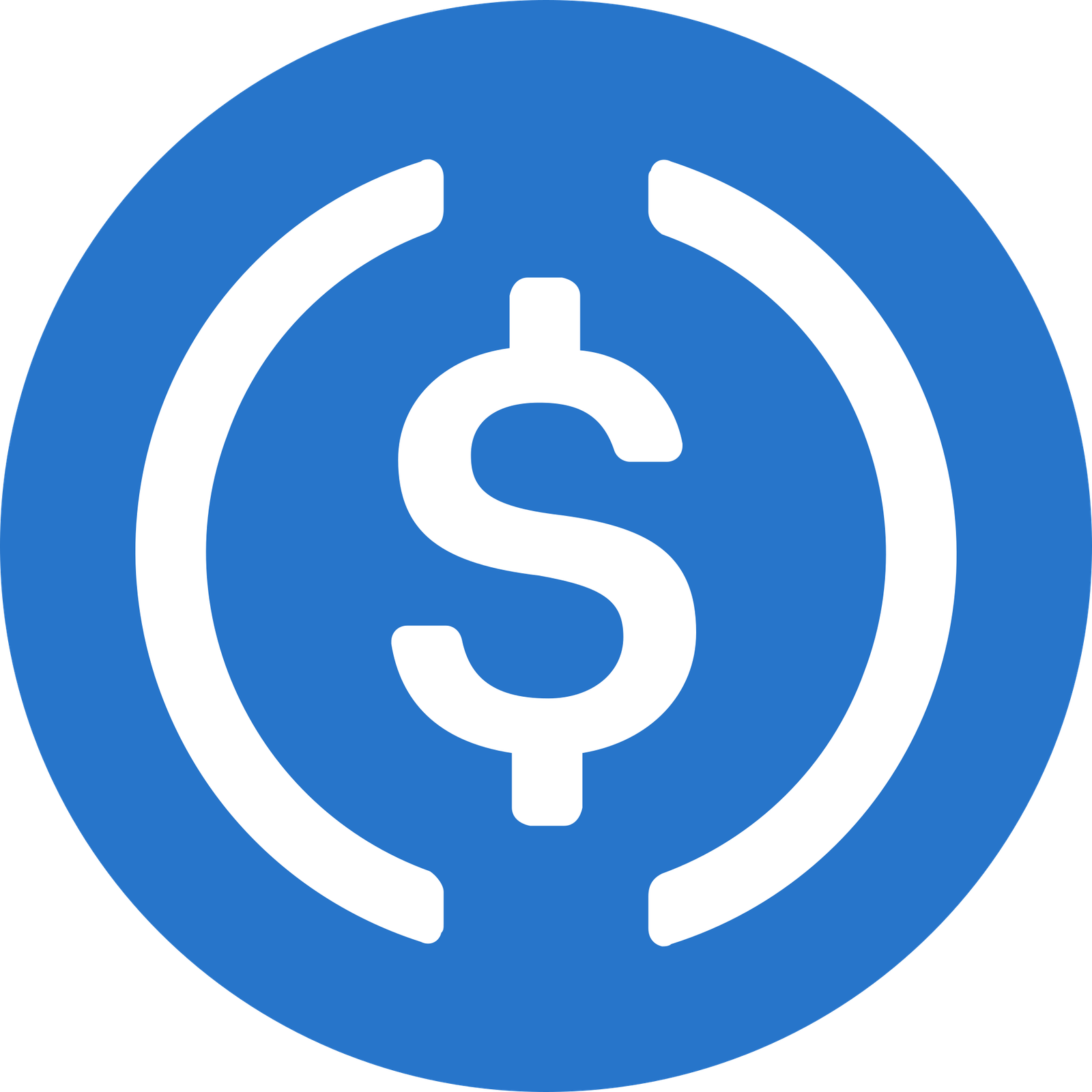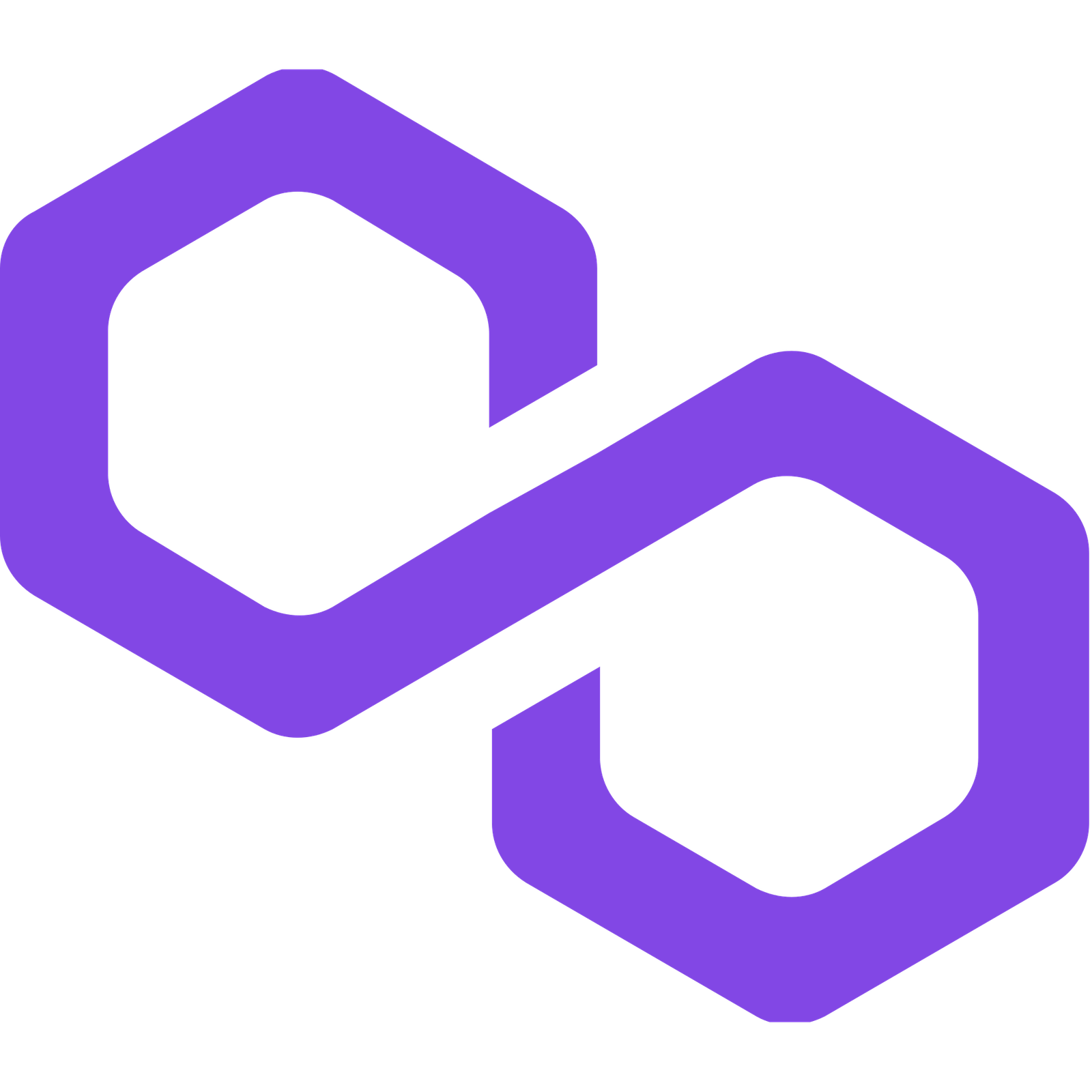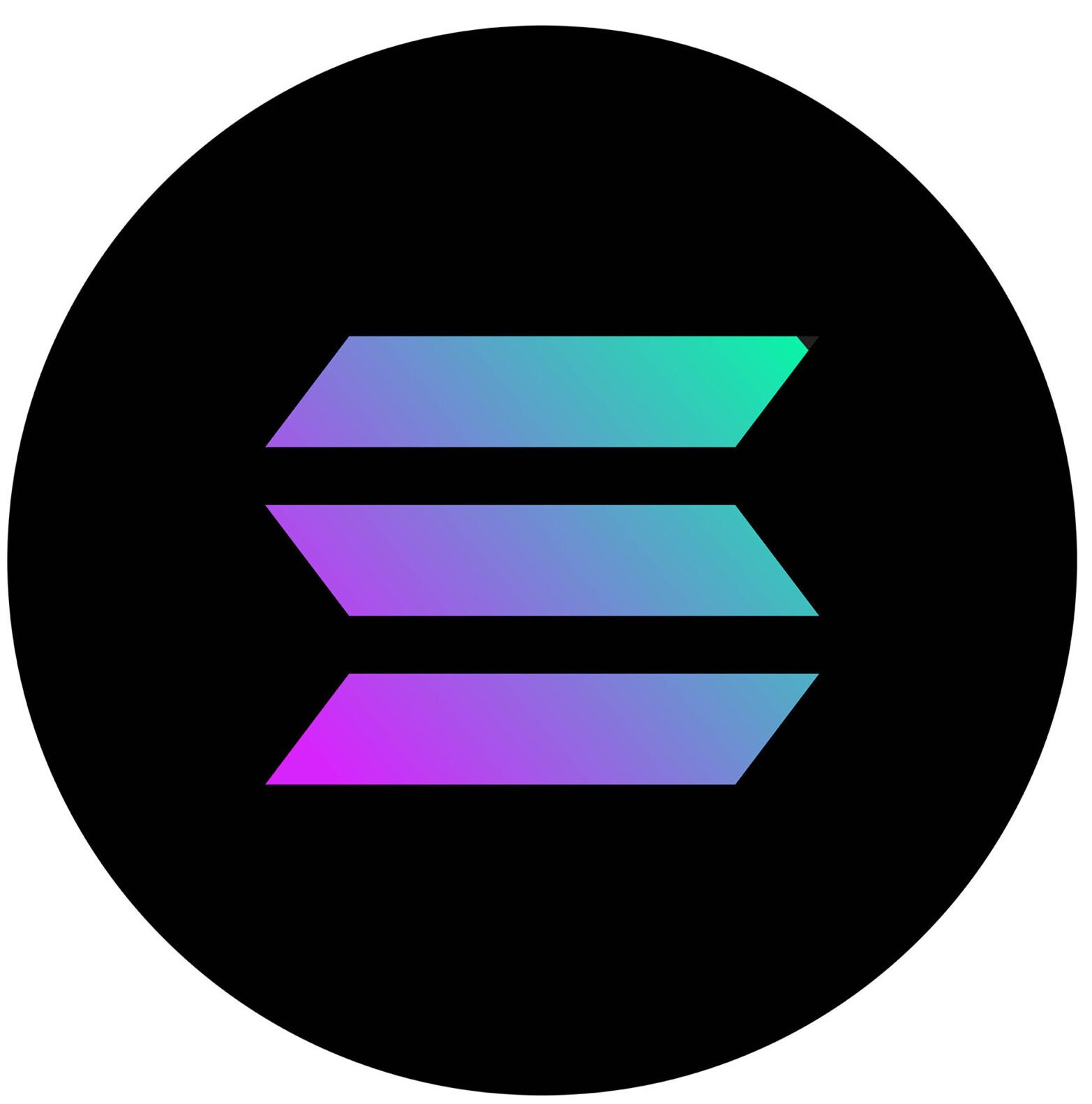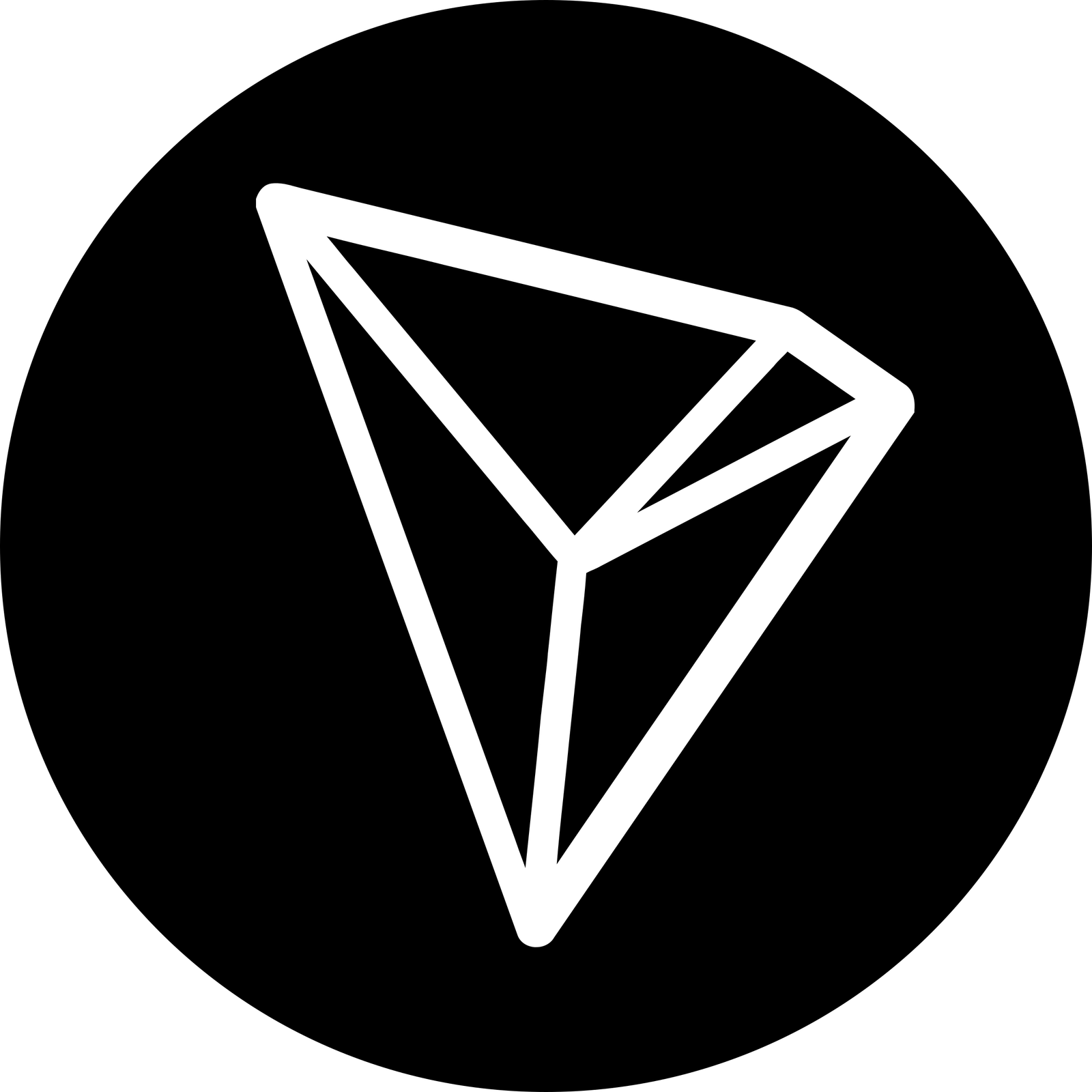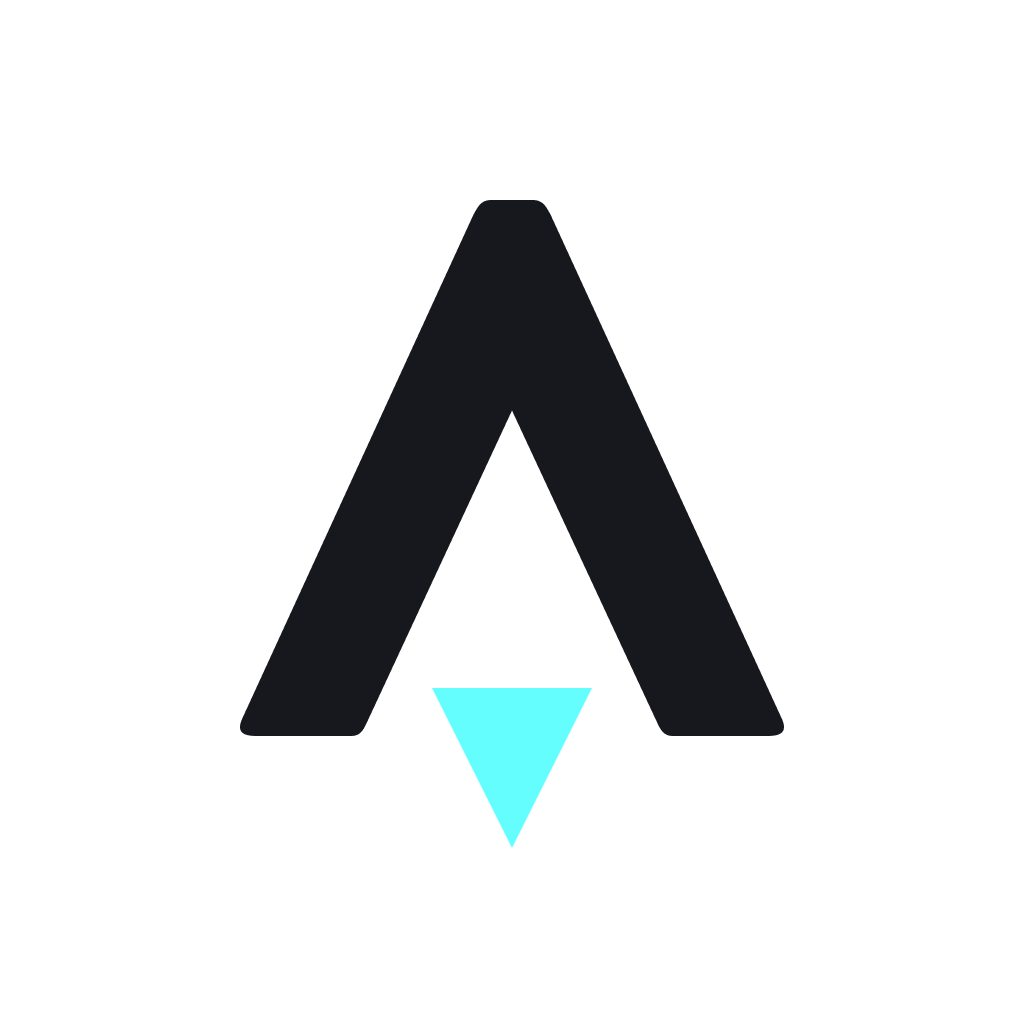Unlocking the Future: NFTs Revolutionizing Art & Trade
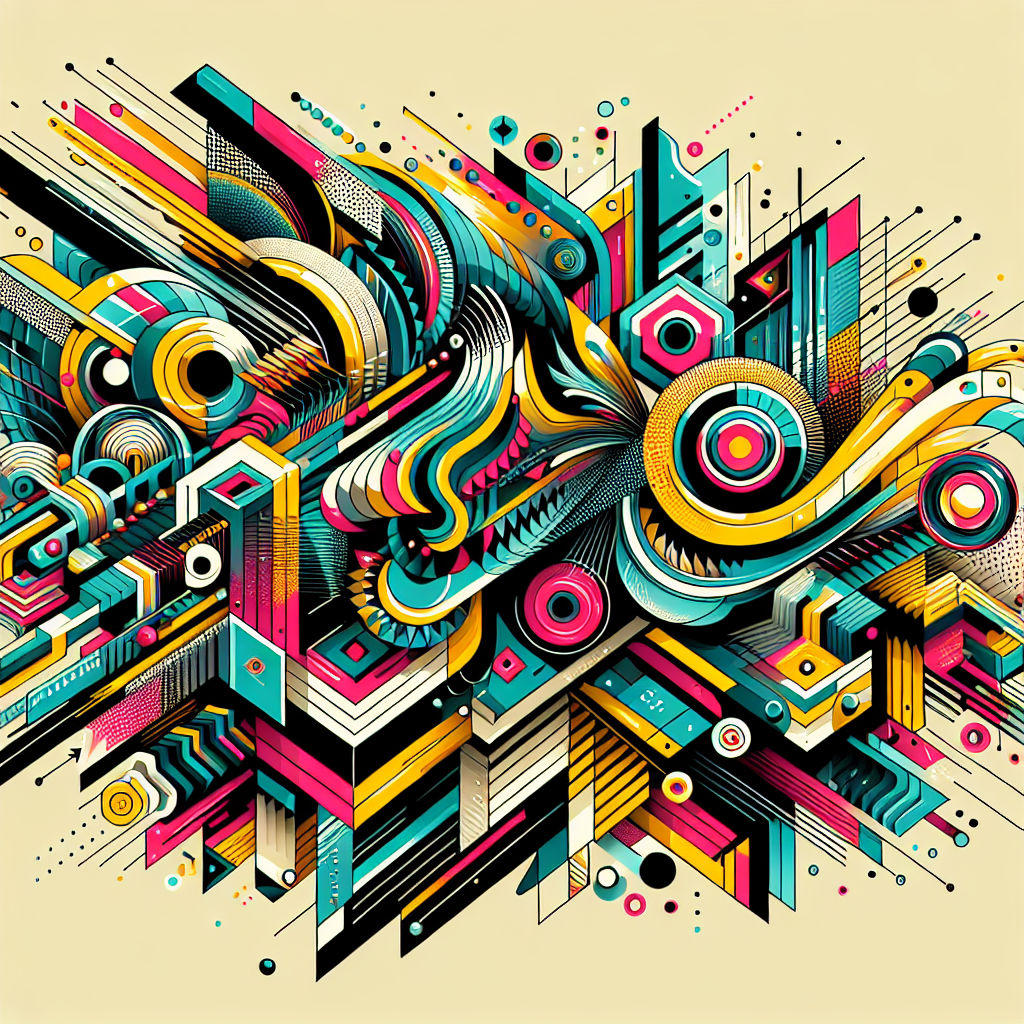
Unlocking the Future: NFTs Revolutionizing Art & Trade
The digital landscape is undergoing an immense transformation, driven by the convergence of blockchain technology, cryptocurrency, and immersive digital experiences. At the forefront of this revolution is Web3, a decentralized internet built on blockchain principles that promises transparency, ownership, and user agency. Among its most exciting developments are non-fungible tokens (NFTs), which are redefining the realms of art and trade while paving the way for innovative applications in sectors like gaming, finance, and entertainment.
The Latest Innovations in Web3
Recent advancements in blockchain protocols have made NFT transactions more secure and efficient, mitigating prior challenges related to scalability and energy consumption. Platforms like Ethereum are continually upgrading through initiatives such as Ethereum 2.0, enhancing network speeds while decreasing carbon footprints. Additionally, emerging blockchains like Solana and Flow are offering faster transaction times and lower fees, presenting artists and creators with a broader toolkit for minting and trading NFTs.
NFTs are evolving beyond mere digital art collectibles; they are being integrated into various sectors for dynamic applications. For example, musicians are tokenizing their music as NFTs, providing fans with limited edition tracks in ways that revolutionize royalties and fan engagement (CoinTelegraph’s insights). This shift is not just a trend—it’s a launchpad for a new economic model where artists retain more control over their work.
Blockchain and Crypto in Mainstream Industries
As blockchain technology integrates deeper into mainstream industries, its impact is unmistakable. Financial institutions are exploring how decentralized finance (DeFi) can democratize access to financial services. Platforms like Aavegotchi are transforming the finance landscape by gamifying DeFi, allowing users to earn while playing.
Moreover, companies such as Nike and Adidas are exploring NFTs for virtual goods, while traditional brands like Sotheby’s are auctioning digital art, illustrating a shift towards embracing digital ownership. This melding of physical and digital assets emphasizes trust and authenticity—core tenets of blockchain technology.
The Game-Changing Impact on Gaming
Gaming is perhaps one of the most engaging applications of Web3 technology. Blockchain-powered games like Axie Infinity have built entire economies around NFTs, enabling players to earn crypto through gameplay and foster trade among themselves. The Sandbox further exemplifies this trend by allowing users to create, own, and monetize their gaming experiences and assets in a decentralized manner.
As user-generated content becomes the cornerstone of these gaming ecosystems, it redefines the relationship between developers and players. Gaming is no longer merely a pastime; it’s evolving into a vibrant economic landscape where participants can earn a living through creative engagement within the digital realms.
The Rise of Decentralized Autonomous Organizations (DAOs)
DAOs are fundamentally altering how organizations and communities operate within the Web3 space. By leveraging smart contracts, DAOs allow for collective decision-making that enhances transparency and participation. They present a potentially more democratic structure to governance, where stakeholders have a direct say in the operations of platforms and protocols they engage with.
Organizations like DAOstack are paving the way for this innovative model, offering frameworks for governance that empower members to participate actively in the evolution of their communities. As DAOs become more prevalent, they may reshape traditional business structures, addressing issues of inequity and inefficiency, and transforming how we think about organizational hierarchy.
A Vision for the Future
Looking ahead, the potential for Web3 technologies to reshape digital experiences is exhilarating. As artificial intelligence (AI) and immersive technologies like virtual and augmented reality (VR/AR) converge with the metaverse, we may witness a new era of digital interaction where environments are not just consumed but actively engaged with. Imagine participating in a virtual art gallery where you not only view NFTs but also interact with the artists in real-time, supported by AI that personalizes your experience according to your preferences.
As initiatives from platforms like Decrypt and NFT Now suggest, the next decade could see Web3 establishing itself as a backbone for various industries. The fusion of decentralized technologies, user-generated content in the metaverse, and the increasing adoption of NFTs will empower creators and consumers alike, challenging traditional narratives around ownership and value.
Embracing the Decentralized Future
As we continue to unlock the vast potential of Web3, the implications for global economies, digital ownership, and the nature of experiences are profound. Stakeholders must remain informed and actively participate in this transformative landscape. Whether through investing in emerging platforms or exploring innovative projects, there is an opportunity for everyone to engage with the decentralized ecosystem.
The journey of unlocking the future is just beginning. Embrace the change, stay curious, and explore the possibilities that lie ahead in this exciting new digital frontier. For more insights and updates on Web3 developments, consider following trusted sources like CoinDesk, The Block, and CoinTelegraph as you navigate this evolving landscape.

